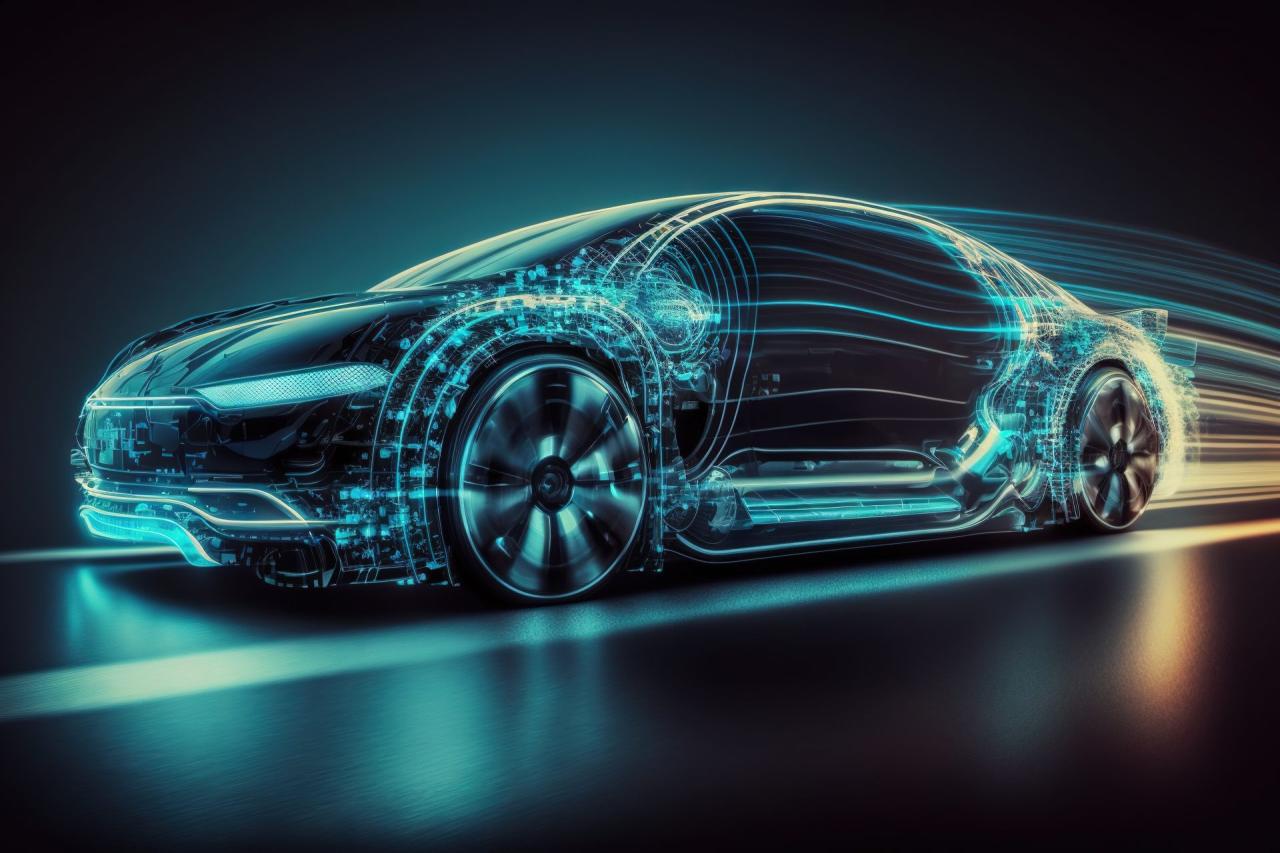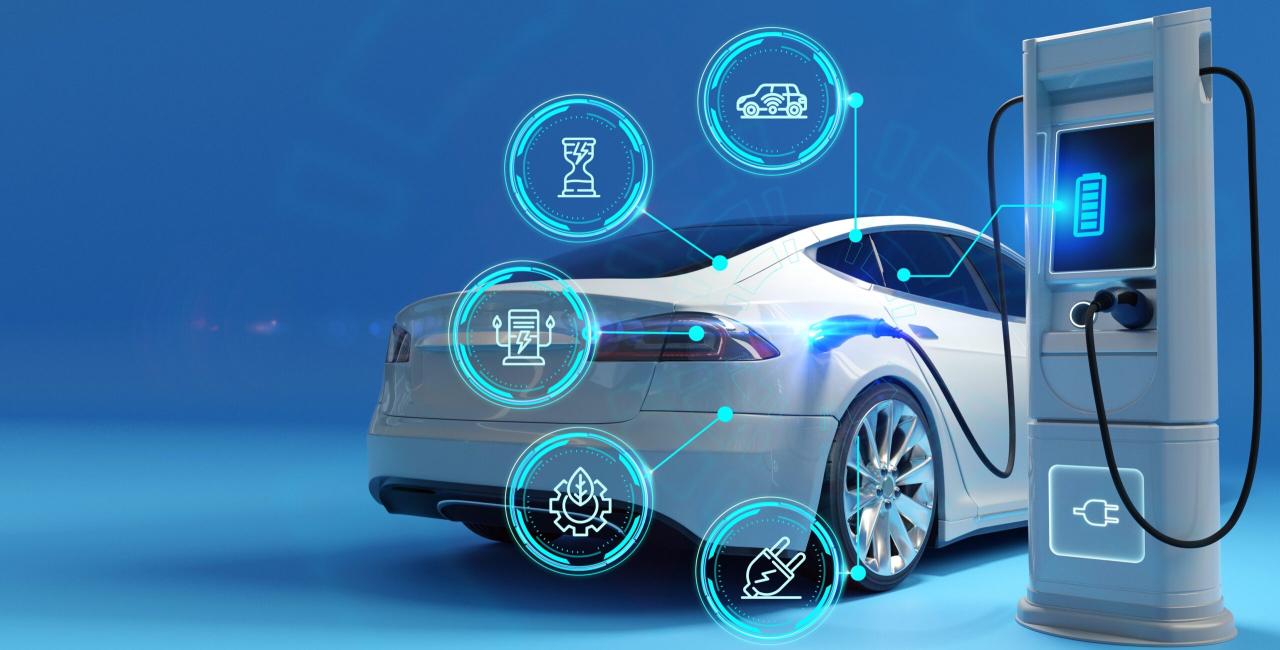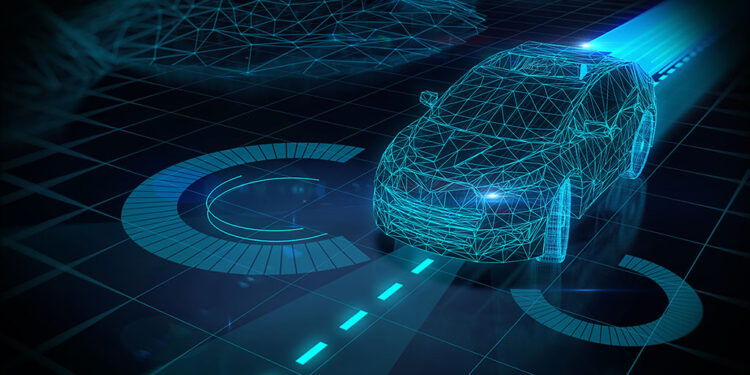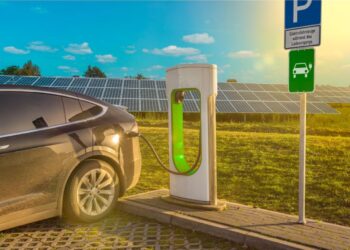The automobile is no longer just a machine for transportation; it has evolved into a sophisticated, software-driven device on wheels. The automotive industry is in the midst of a technological renaissance, where innovation is happening at an unprecedented pace. The focus is shifting from horsepower and torque to connectivity, intelligence, and sustainability. This new era of next-gen automotive tech is fundamentally redefining what a car is and how we interact with it. It’s a world where vehicles communicate with each other, predict our needs, and contribute to a more efficient and safer transportation ecosystem.
This comprehensive guide will take a deep dive into the most significant technological advancements shaping the future of vehicles. We’ll explore the transformative power of artificial intelligence, the evolution of vehicle connectivity, the groundbreaking changes in powertrain and battery systems, and the new design philosophies that are putting the user experience at the forefront. Understanding these innovations is crucial for anyone interested in the future of transportation, from daily commuters to industry professionals. The cars of tomorrow are being designed and built today, and they are smarter, cleaner, and more integrated into our lives than ever before.
A. The Rise of AI and Machine Learning

Artificial Intelligence (AI) and machine learning are the brains of the next-generation vehicle. They are enabling a level of intelligence and adaptability that was once confined to science fiction. AI is not just a single feature; it’s an underlying layer of technology that touches every aspect of the vehicle’s operation.
- A. Advanced Driver Assistance Systems (ADAS): This is the most visible application of AI in cars today. ADAS features, such as adaptive cruise control, lane-keeping assist, and automatic emergency braking, use AI to process real-time data from a car’s sensors (cameras, radar, and LiDAR) to assist the driver. These systems are constantly learning and improving, making our roads safer by reducing human error.
- B. Autonomous Driving: The ultimate goal of AI in the automotive sector is full autonomy. AI algorithms are responsible for the complex tasks of perception (identifying objects), prediction (anticipating the behavior of other road users), and planning (deciding how to maneuver the vehicle). These systems require immense processing power and are continuously trained on billions of miles of real-world and simulated driving data.
- C. Predictive Maintenance: AI can analyze data from a car’s various components to predict when a part is likely to fail. This allows for proactive maintenance, preventing breakdowns, and extending the vehicle’s lifespan. The car can even alert the owner and schedule a service appointment automatically.
- D. Personalized In-Cabin Experience: AI is learning our habits and preferences to create a personalized environment inside the car. The system can adjust the seating position, climate control, and entertainment settings for each individual driver. It can even anticipate your needs, like suggesting a route home when it’s your usual time to leave the office.
B. Connectivity and The Internet of Vehicles
A modern car is a node in a vast network. The future of automotive tech is defined by how well a vehicle can communicate with its environment, with other cars, and with the cloud. This connectivity transforms the car from an isolated object into an integral part of the digital world.
- A. Vehicle-to-Everything (V2X) Communication: V2X technology allows a vehicle to communicate with its surroundings, including:
- A. Vehicle-to-Vehicle (V2V): Cars can exchange information with each other about their speed, location, and braking status, enabling them to form “platoons” on highways to improve efficiency and avoid collisions.
- B. Vehicle-to-Infrastructure (V2I): Vehicles can communicate with traffic lights, road signs, and parking meters to optimize traffic flow, find parking spots, and reduce congestion.
- C. Vehicle-to-Grid (V2G): As electric vehicles become more common, V2G technology will allow them to communicate with the power grid, either by drawing power during off-peak hours or selling power back during peak demand, helping to stabilize the grid.
- B. Over-the-Air (OTA) Updates: OTA updates, pioneered by companies like Tesla, allow manufacturers to wirelessly push software updates to a vehicle. This means a car can receive new features, performance improvements, and security patches without a trip to the dealership. The car is no longer a static product but a dynamic one that can evolve over its lifetime.
- C. Integrated Infotainment Systems: The dashboard is becoming a digital cockpit. Modern infotainment systems are seamlessly integrated with our smartphones, offering access to music streaming, navigation, and apps. They are powered by high-resolution touchscreens and voice-activated assistants, creating a user interface that is intuitive and personal.
C. Powertrain and Battery Breakthroughs

The shift from the internal combustion engine (ICE) to electric power is the single biggest change in automotive engineering. But even within the electric vehicle (EV) space, a new wave of innovation is making EVs more efficient, more affordable, and more practical.
- A. Solid-State Batteries: This is the Holy Grail of battery technology. Unlike current lithium-ion batteries that use a liquid electrolyte, solid-state batteries use a solid material. This design promises:
- A. Higher Energy Density: Meaning a smaller, lighter battery can store more energy, leading to much longer driving ranges.
- B. Faster Charging Times: Solid-state batteries can potentially be charged in under 15 minutes, a game-changer for long-distance travel.
- C. Enhanced Safety: The absence of a flammable liquid electrolyte drastically reduces the risk of thermal runaway and fire.
- B. Hydrogen Fuel Cells: While battery-electric vehicles dominate the headlines, hydrogen fuel cell technology is gaining momentum, especially for heavy-duty applications like long-haul trucks and commercial vehicles. Fuel cells combine hydrogen and oxygen to produce electricity, with water as the only byproduct. They offer the advantage of very fast refueling times and longer ranges, making them a viable alternative to batteries in certain use cases.
- C. Advanced Thermal Management: As batteries become more powerful, managing their temperature becomes critical for performance and longevity. Next-gen EVs use sophisticated thermal management systems that can cool or heat the battery to its optimal operating temperature. This ensures peak performance in all climates and extends the life of the battery.
D. Material Science and Design Revolution
The materials used to build cars and the way they are designed are also undergoing a major transformation. The goal is to create vehicles that are lighter, stronger, safer, and more sustainable.
- A. Lightweight Materials: To improve efficiency and range, next-gen cars are using lightweight materials like carbon fiber, aluminum alloys, and composites. These materials are stronger than traditional steel, allowing for a lighter vehicle without compromising on safety.
- B. 3D Printing and Additive Manufacturing: Additive manufacturing is being used to create complex parts, prototypes, and even entire vehicle components. This technology reduces waste, speeds up the design process, and allows for the creation of intricate, custom parts that are impossible to make with traditional manufacturing methods.
- C. Aerodynamic Optimization: Vehicle design is becoming increasingly focused on aerodynamics to reduce drag and improve energy efficiency. Features like flush door handles, aerodynamically optimized wheels, and active grille shutters are becoming standard on EVs.
- D. Sustainable and Recycled Materials: The interior and exterior of next-gen vehicles are increasingly being made from recycled and sustainable materials. This includes everything from seat fabrics made from recycled plastic bottles to dashboards made from plant-based materials. This focus on sustainability is appealing to a new generation of environmentally conscious consumers.
Conclusion
The next generation of automotive technology is not just about incremental improvements; it’s about a fundamental reimagining of what a vehicle is and what it can do. The integration of AI and machine learning is turning our cars into intelligent, predictive machines that are safer and more intuitive than ever before. The power of connectivity is transforming the isolated vehicle into a key player in a smart, interconnected transportation network. The breakthroughs in battery technology are making electric vehicles more practical for the masses, while the use of new materials is making them lighter, stronger, and more sustainable. This technological renaissance is creating a world where vehicles are no longer a source of pollution and congestion but are part of a clean, efficient, and intelligent ecosystem.
This revolution is also creating a wave of new business models, from mobility-as-a-service to autonomous trucking, that will change our economies and our daily lives in profound ways. The challenges ahead, from regulatory hurdles to consumer trust, are significant, but the momentum is undeniable. The future of automotive tech is about a lot more than just getting from point A to point B. It’s about building a better, more connected, and more sustainable world. By embracing these innovations, we are not just improving our cars; we are pioneering a new era of possibility for all of humanity. The future of the automobile is not just electric; it’s intelligent, interconnected, and poised to change everything.





